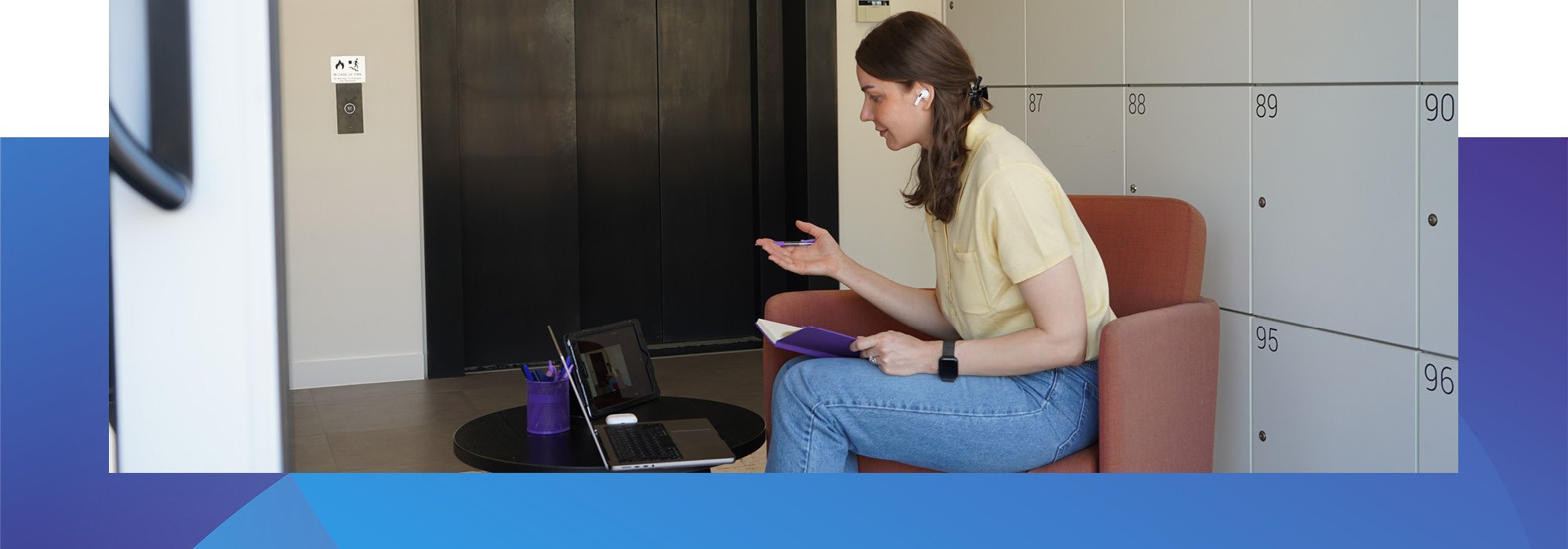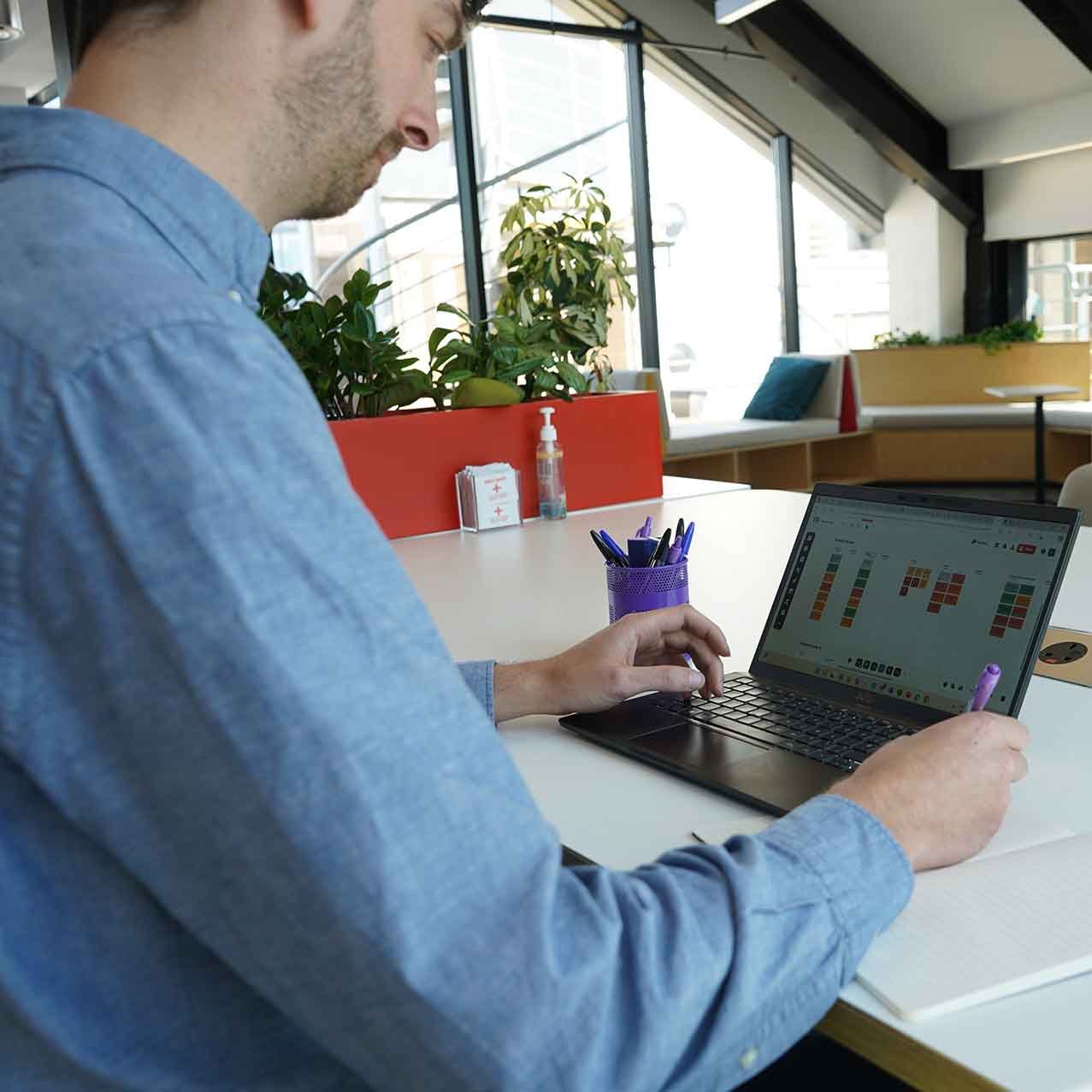User-Centred Design
Empowering user-centric solutions

When a person uses an organisation's product or service, they may encounter issues. To prevent this, organisations must meet user needs of their target audience.
We must understand users' behaviour and pain points to create an intuitive solution.

Service overview
Connecting business objectives with user needs to create accessible and effective digital services for everyone
We design user-centred services that enhance lives. Our team of experts include user experience, content, user researchers, and service design experts. We collaborate our diverse skills to deliver design excellence for your organisation.
Our user-centred design methods ensure that we deliver the right information when a user needs it, in a way that's right for them. We take pain points and transform them into a seamless user experience.
Engaging with users and stakeholders, combining business and user needs to design a digital service
- Persona development, utilising qualitative and quantitative user research
- User journey mapping and user story creation
- Information architecture and content strategy
- Feature ideation workshops
- Content design
- UX writing and wireframing
- Rapid prototyping across desktop, tablet, and mobile screens
- Apply GDS and best practice design principles
- Product MVP vision, KPIs, and goals
- Meet Web Content Accessibility Guidelines (WCAG) and GDS service manual
- A collaborative, user-centred design process
- Solutions that solve a clear problem and meet user needs
- Ability to react to evolving user requirements
- Accessibility compliance across all platforms, ensuring all users are included
- A ‘fail fast’ mindset — early and iterative testing
- Evidence-based decision making
- Ease of handover between user researcher, designers, and developers
- Improved usability amongst new and existing users
- An iterative approach reduces cost when changes occur
- Increase digital take-up and alignment with GDS design principles
Let's start the conversation today!
Our people are here to understand your unique needs and provide tailored solutions. Get in touch with us to kickstart your transformation.


